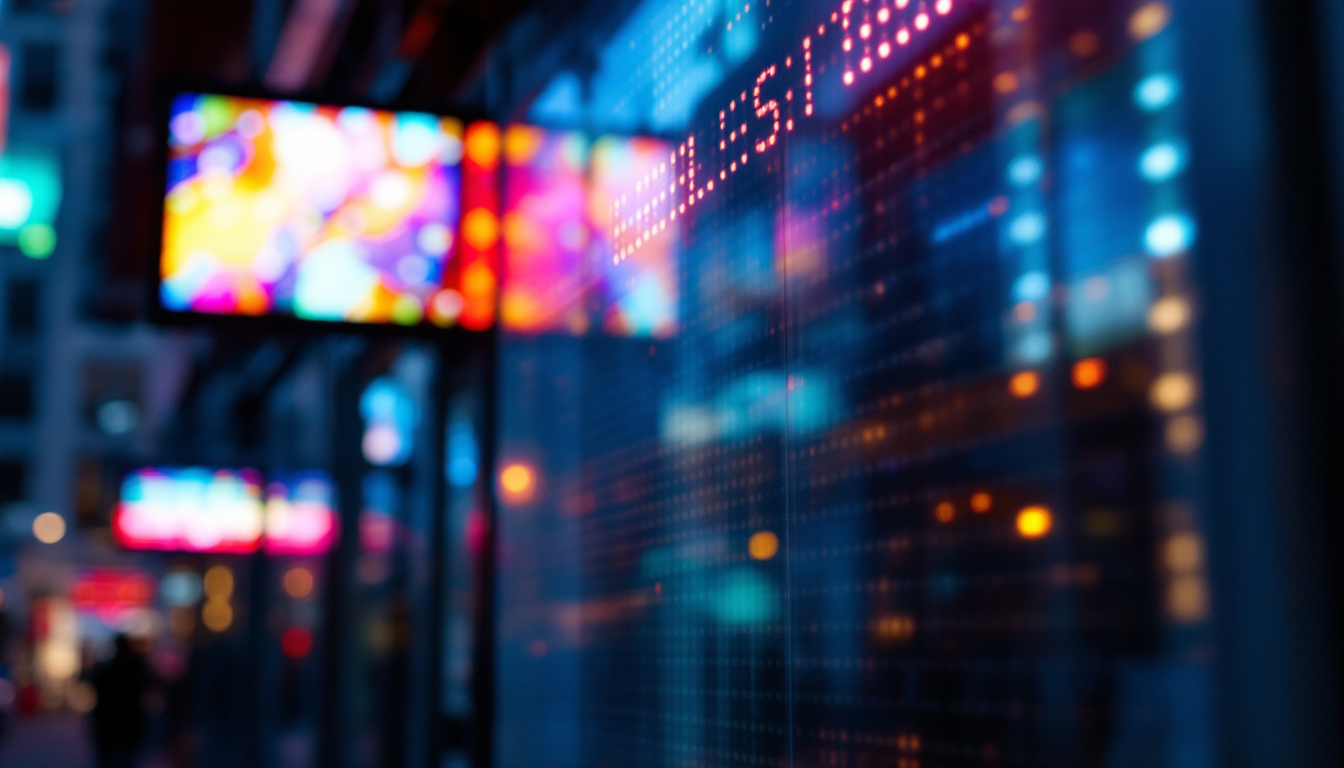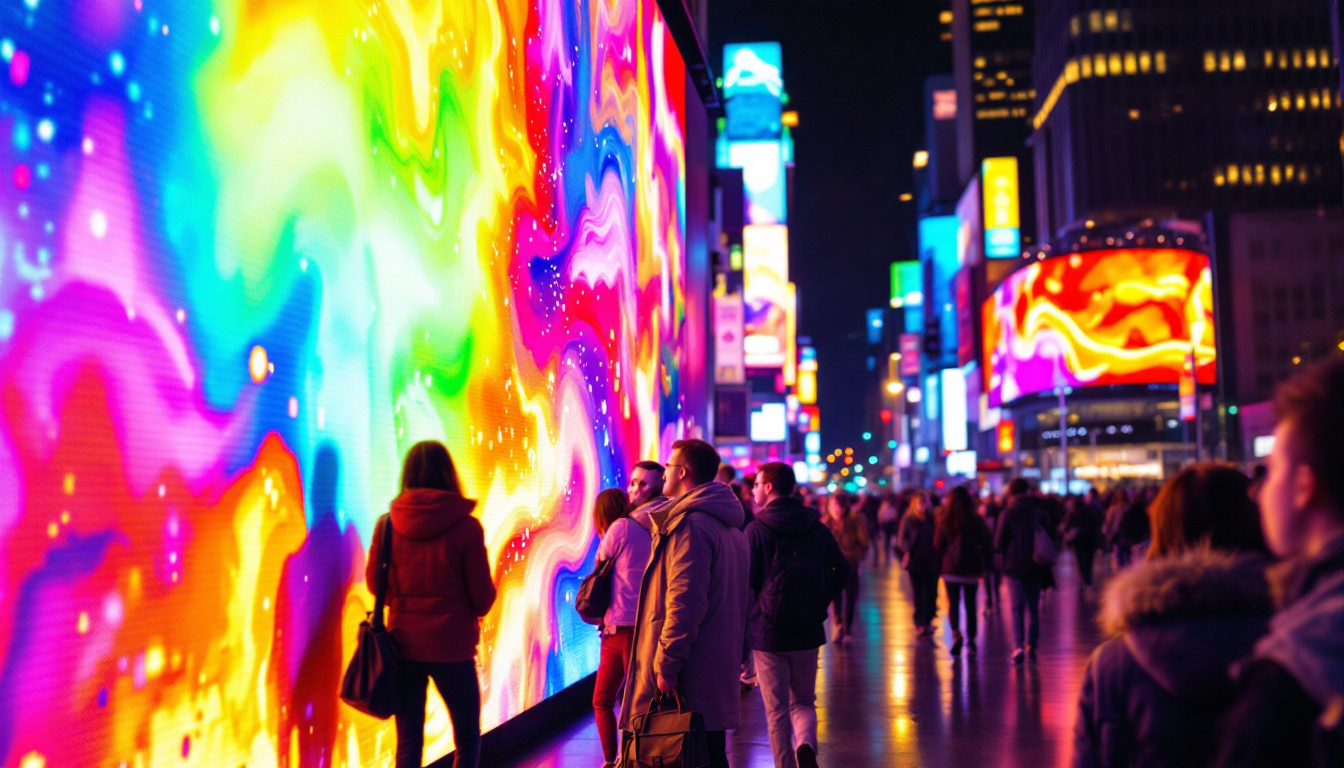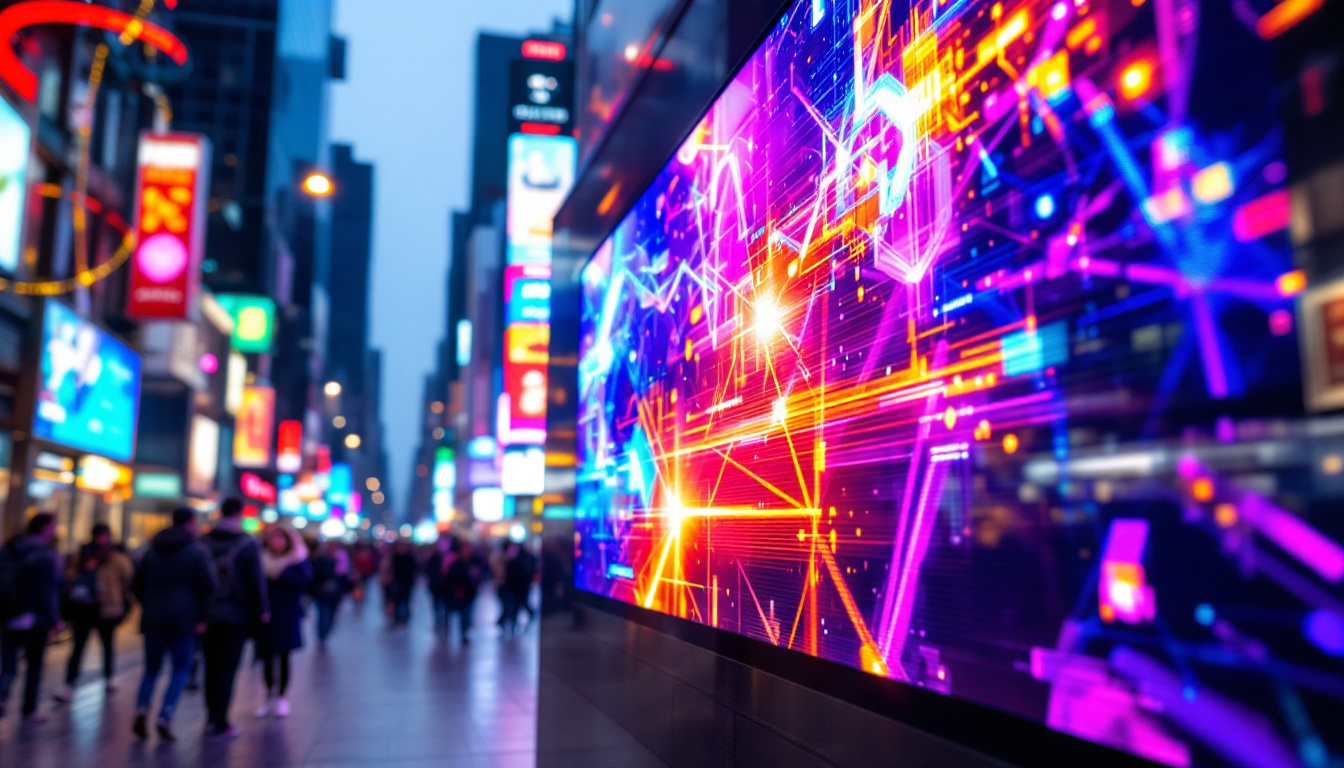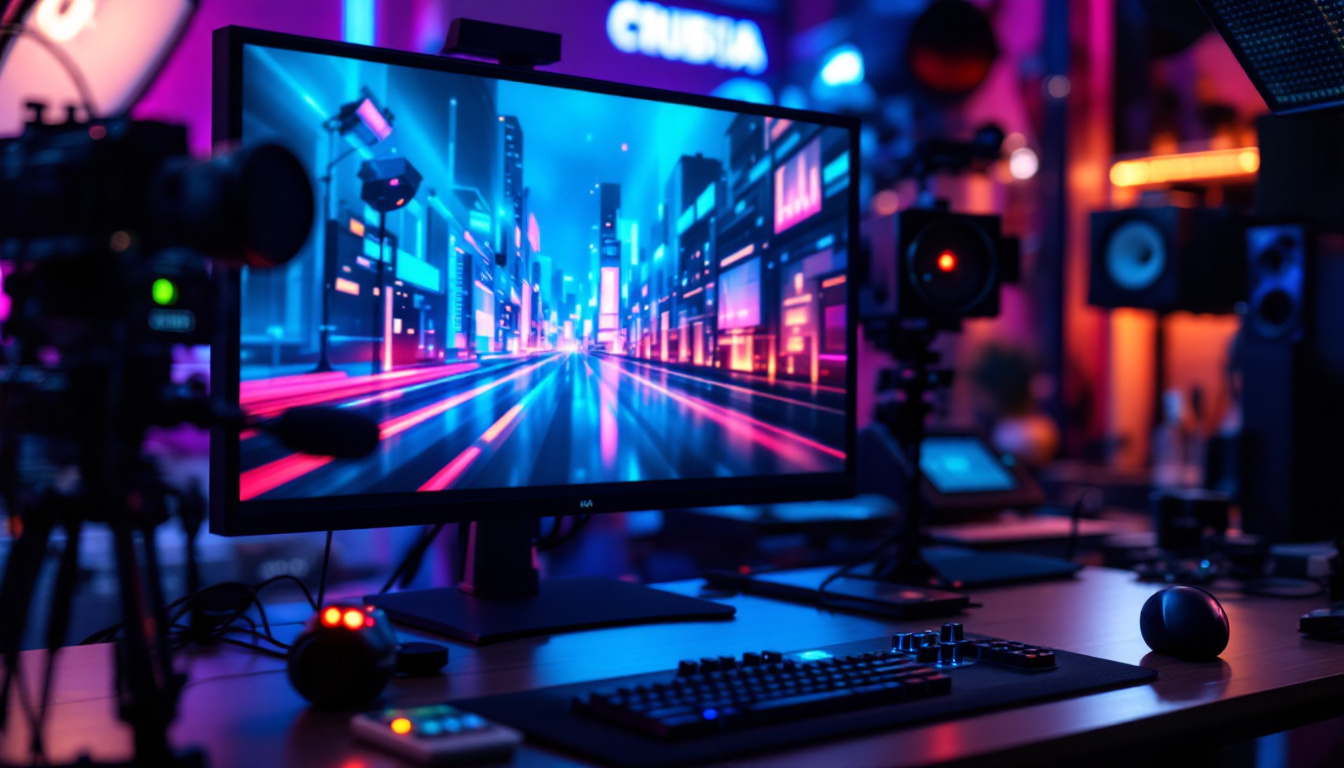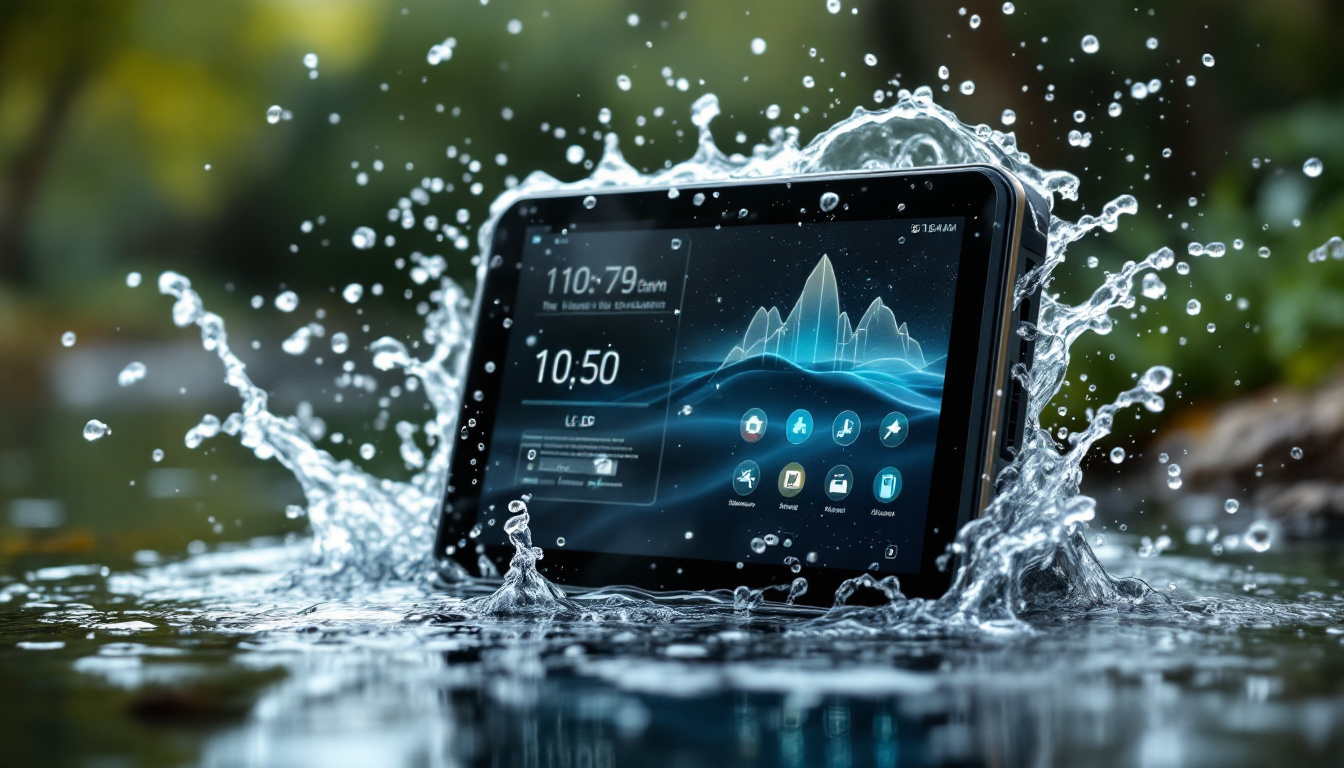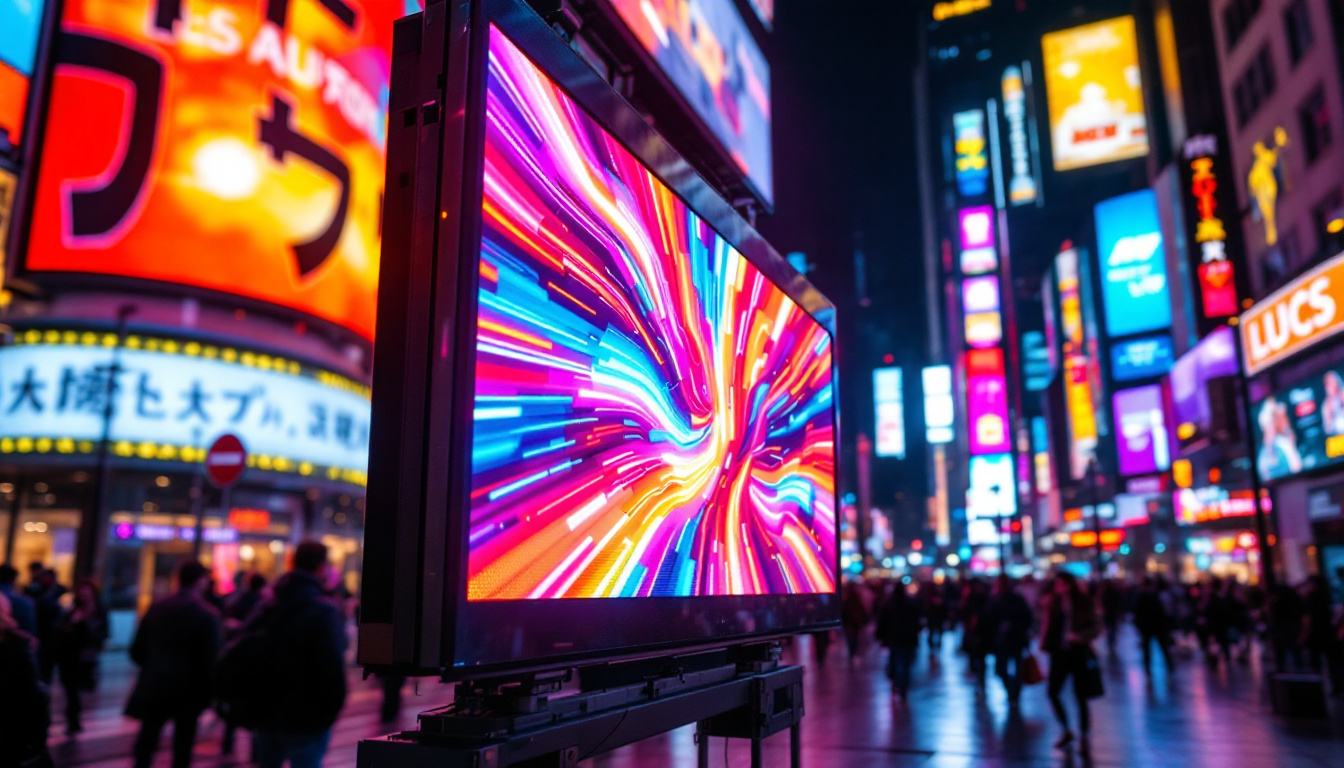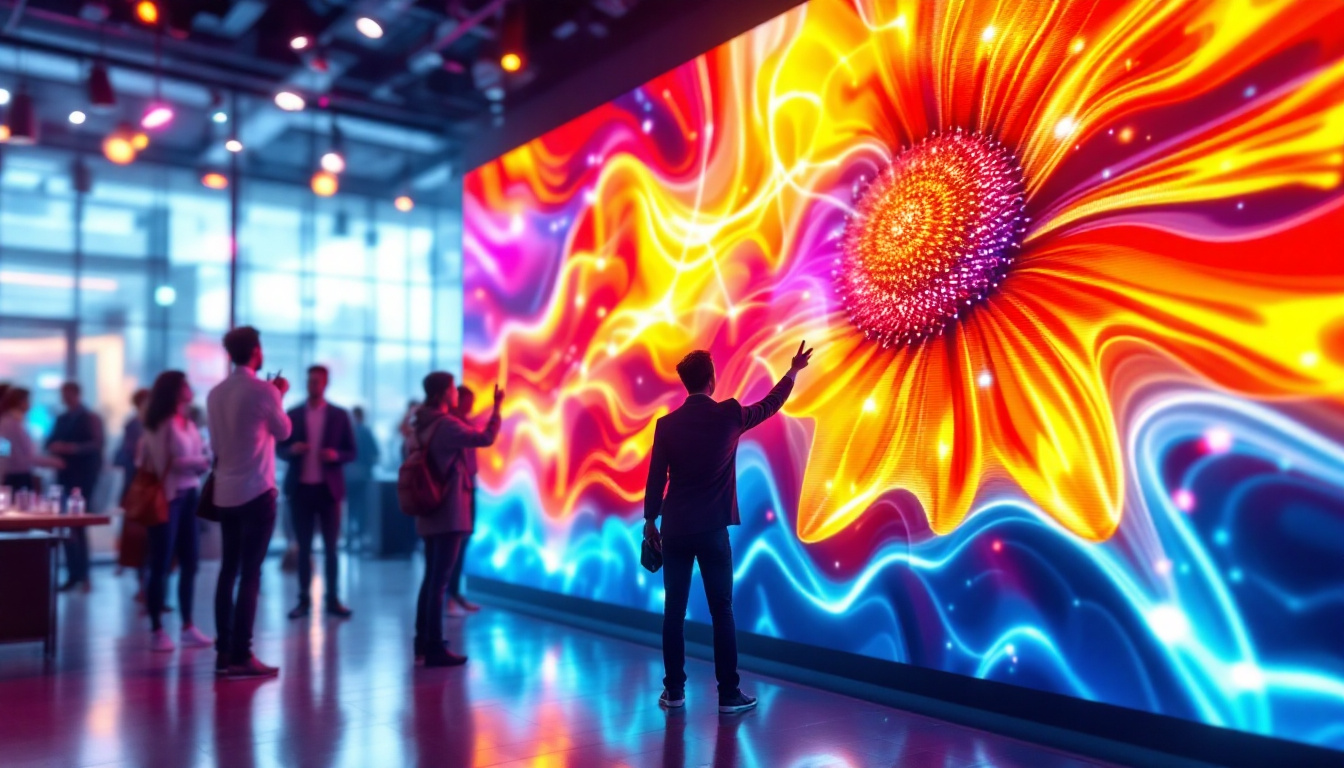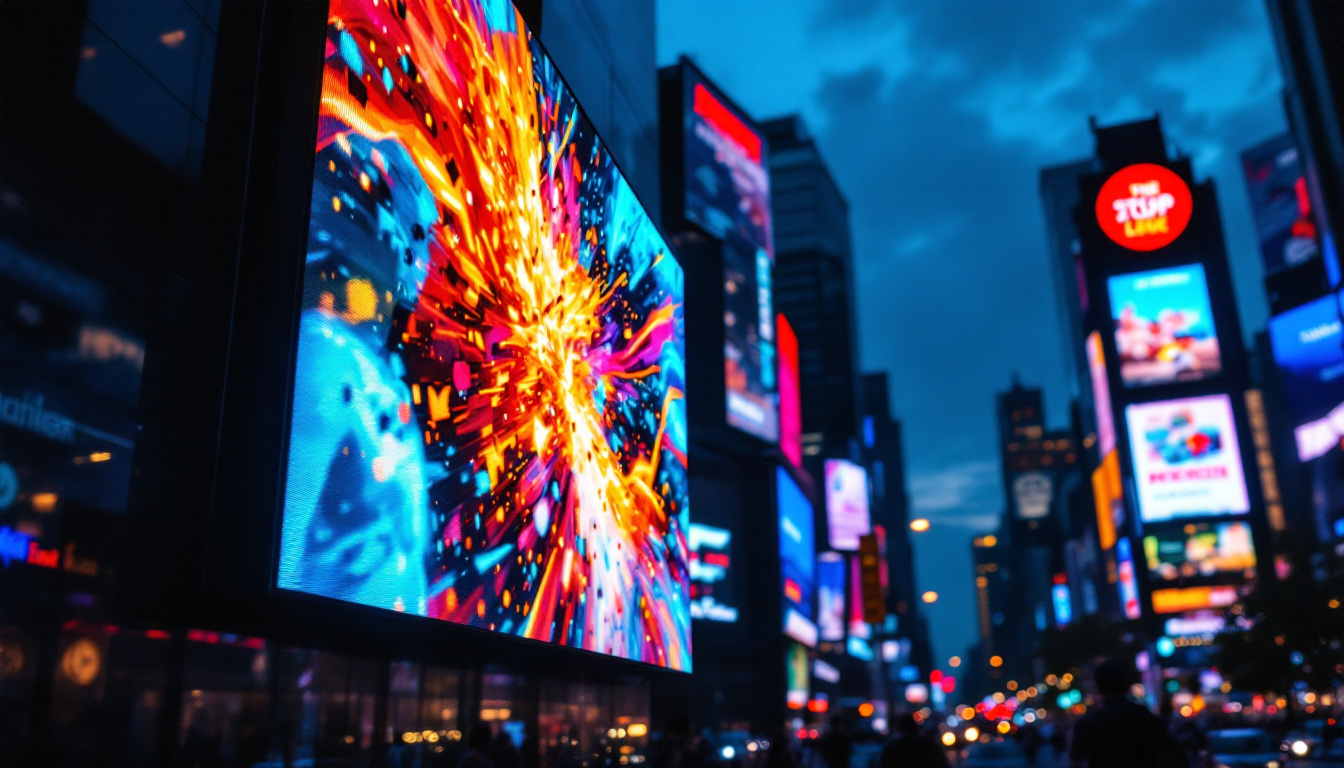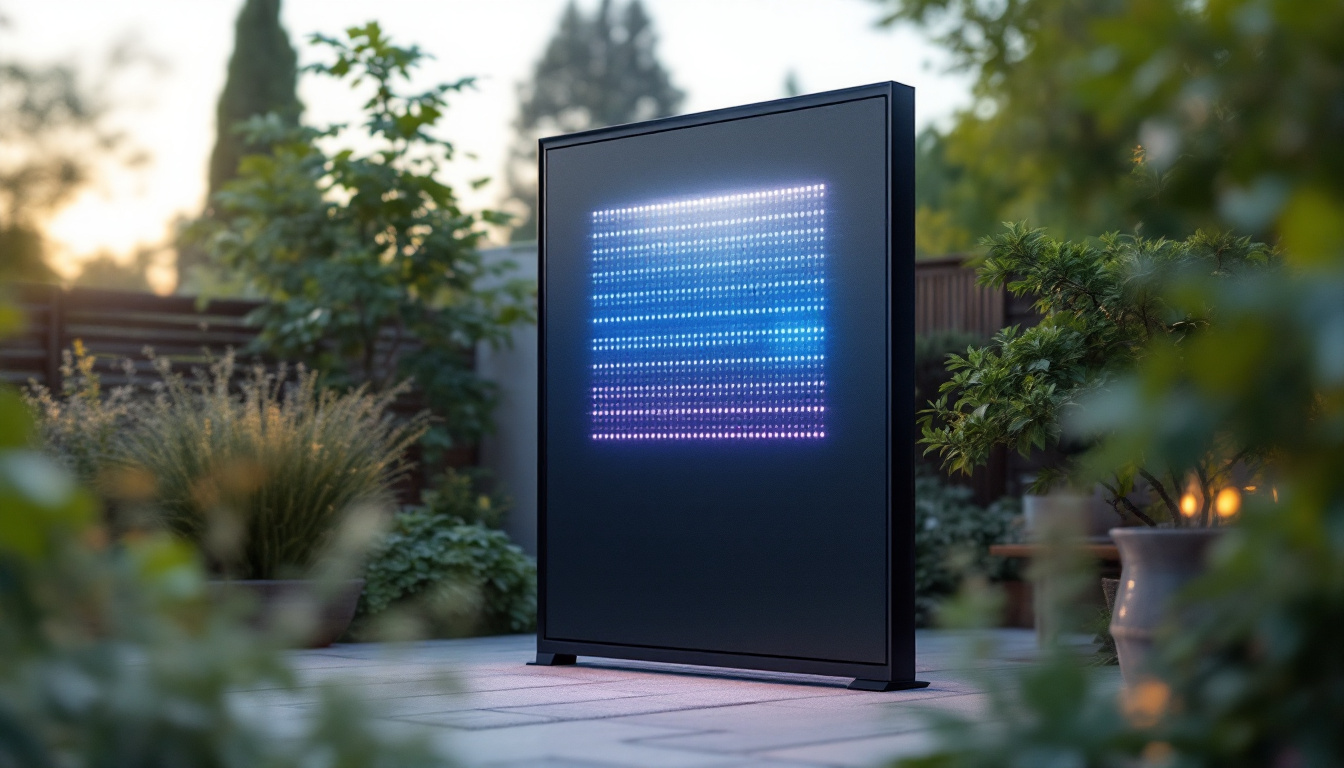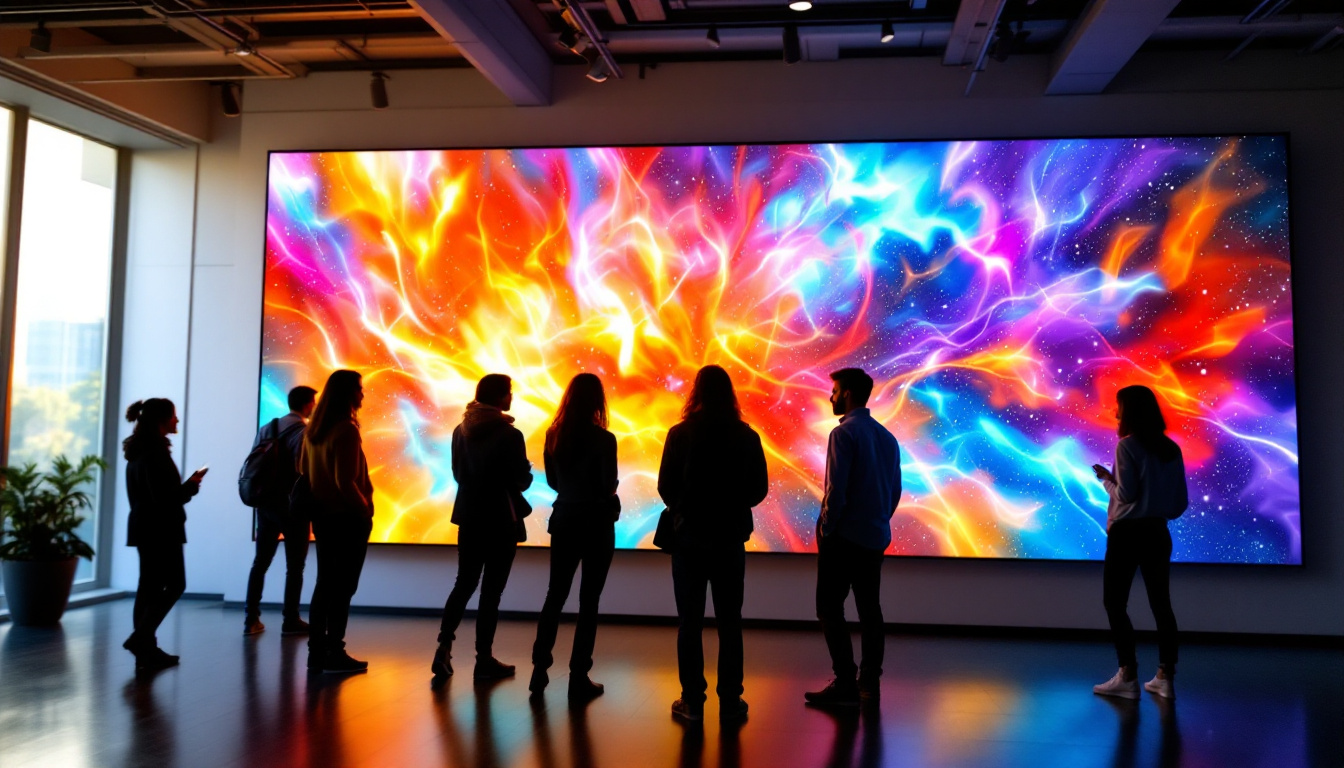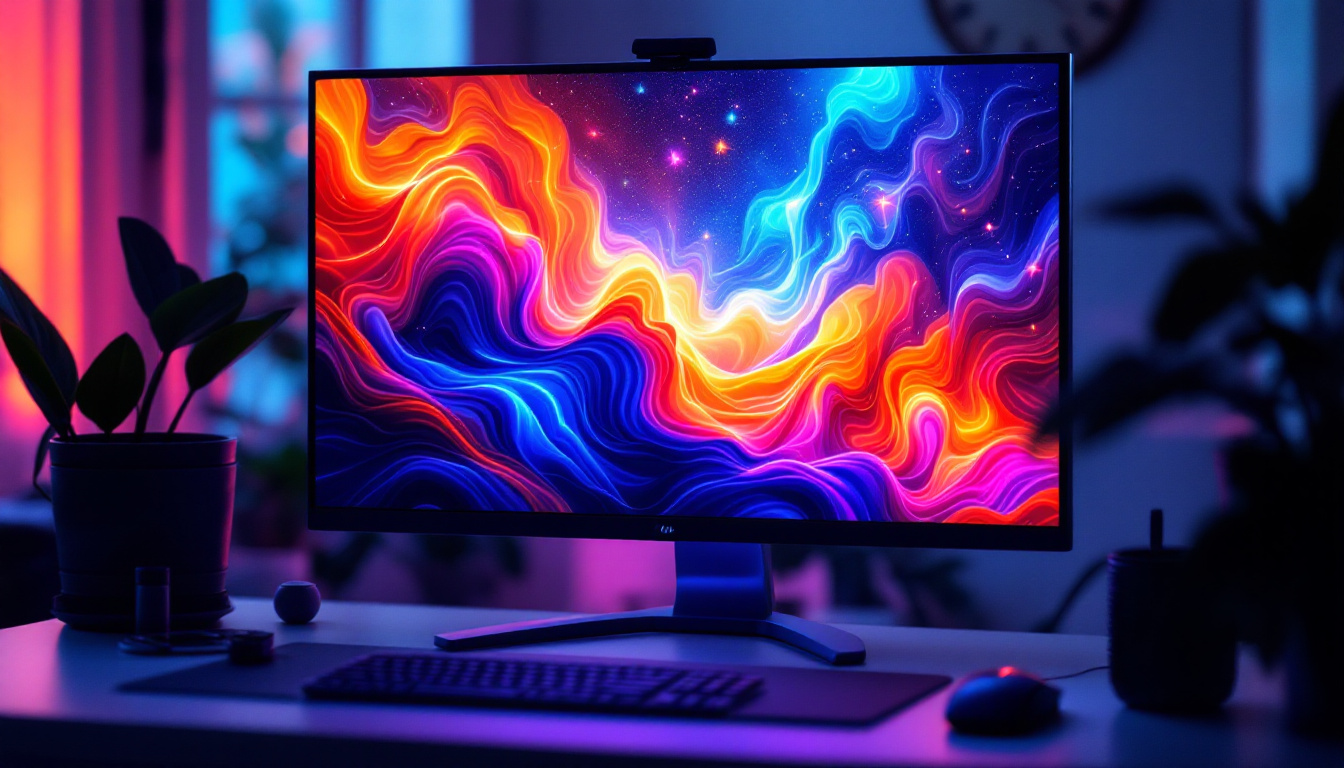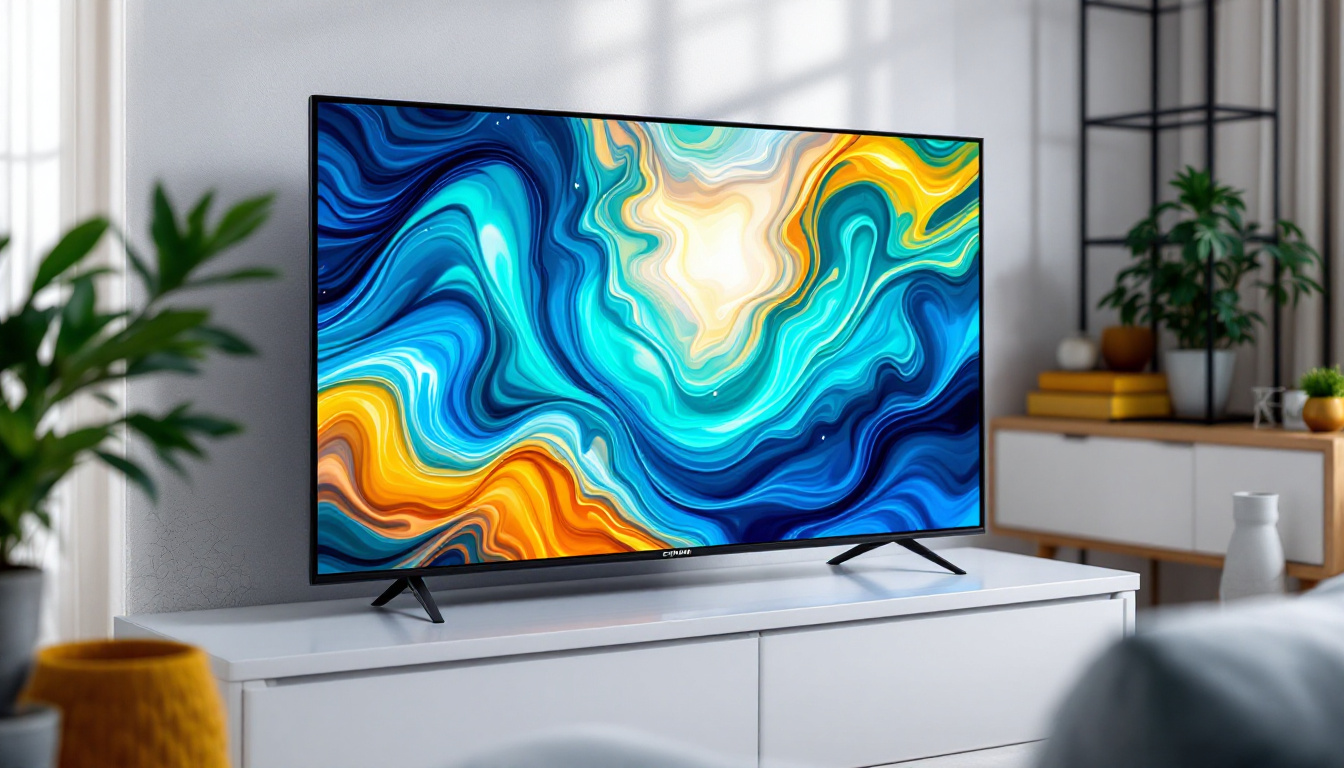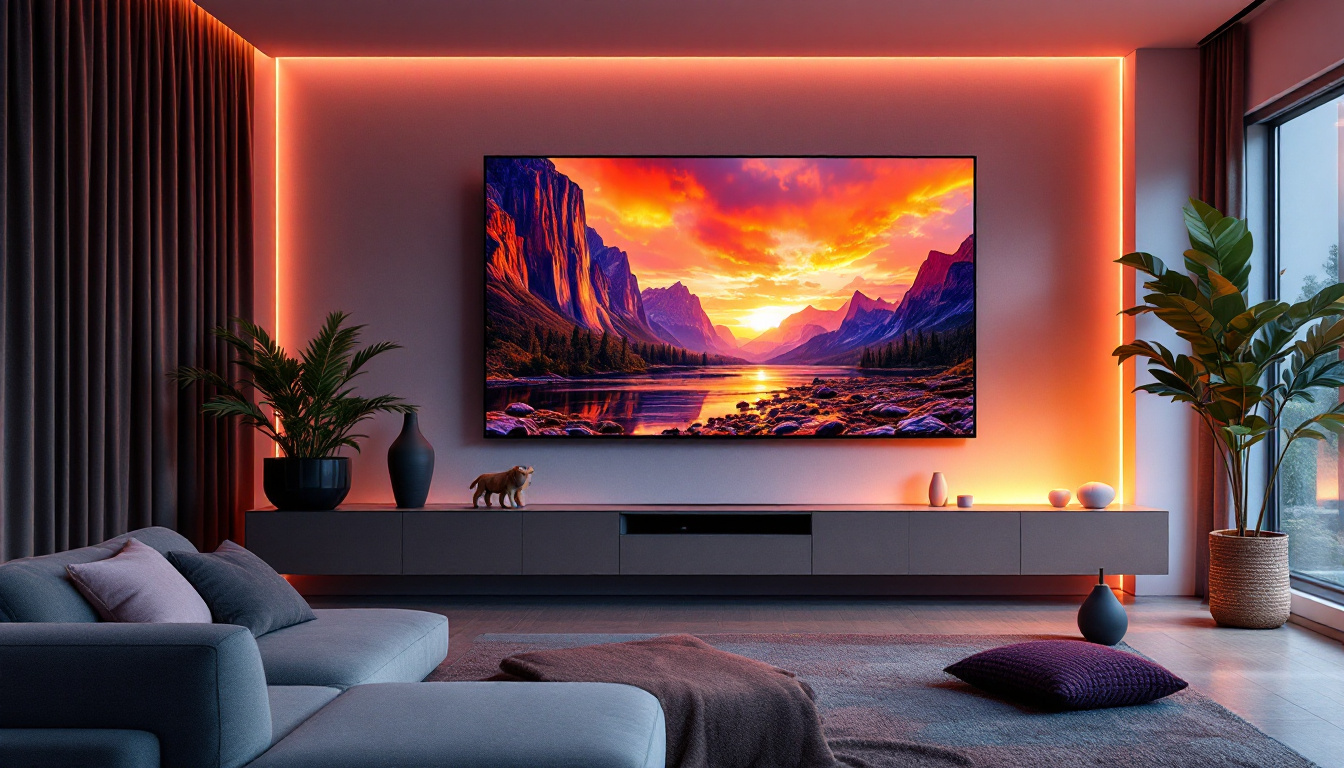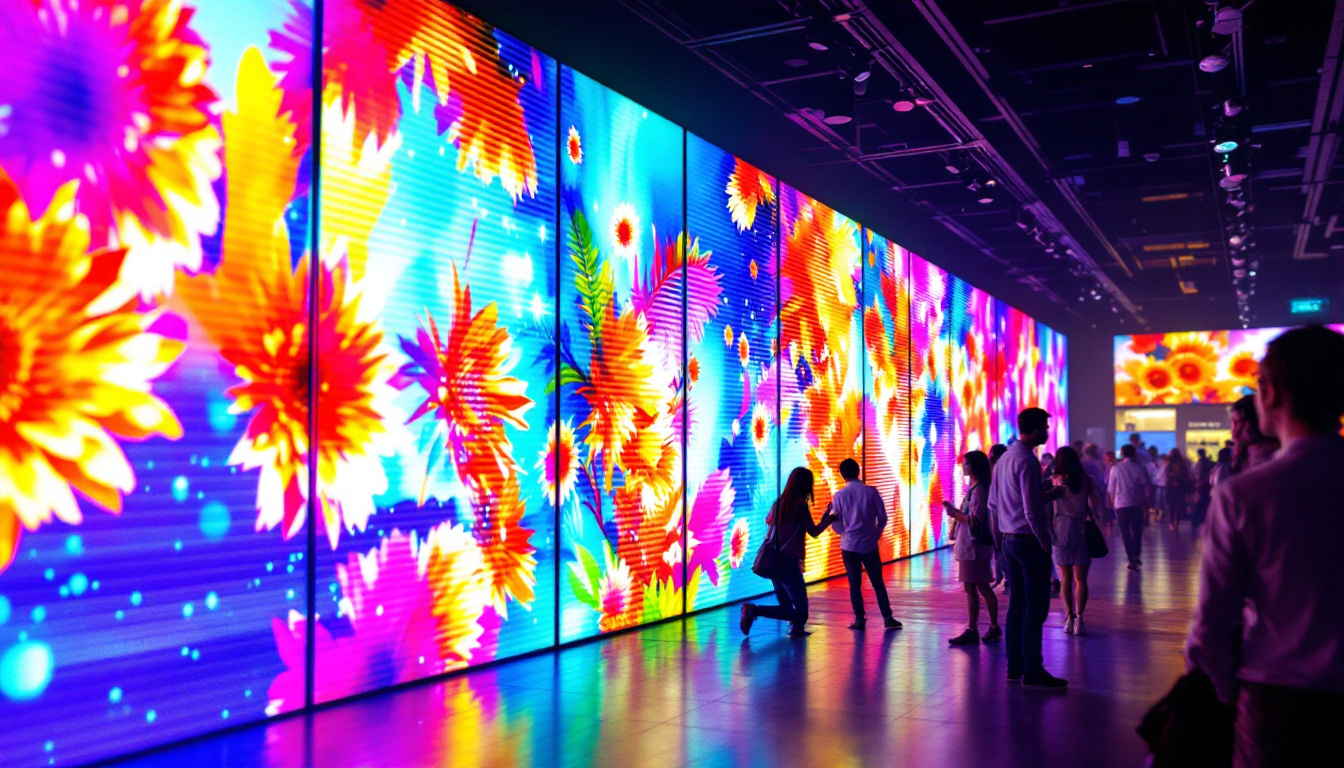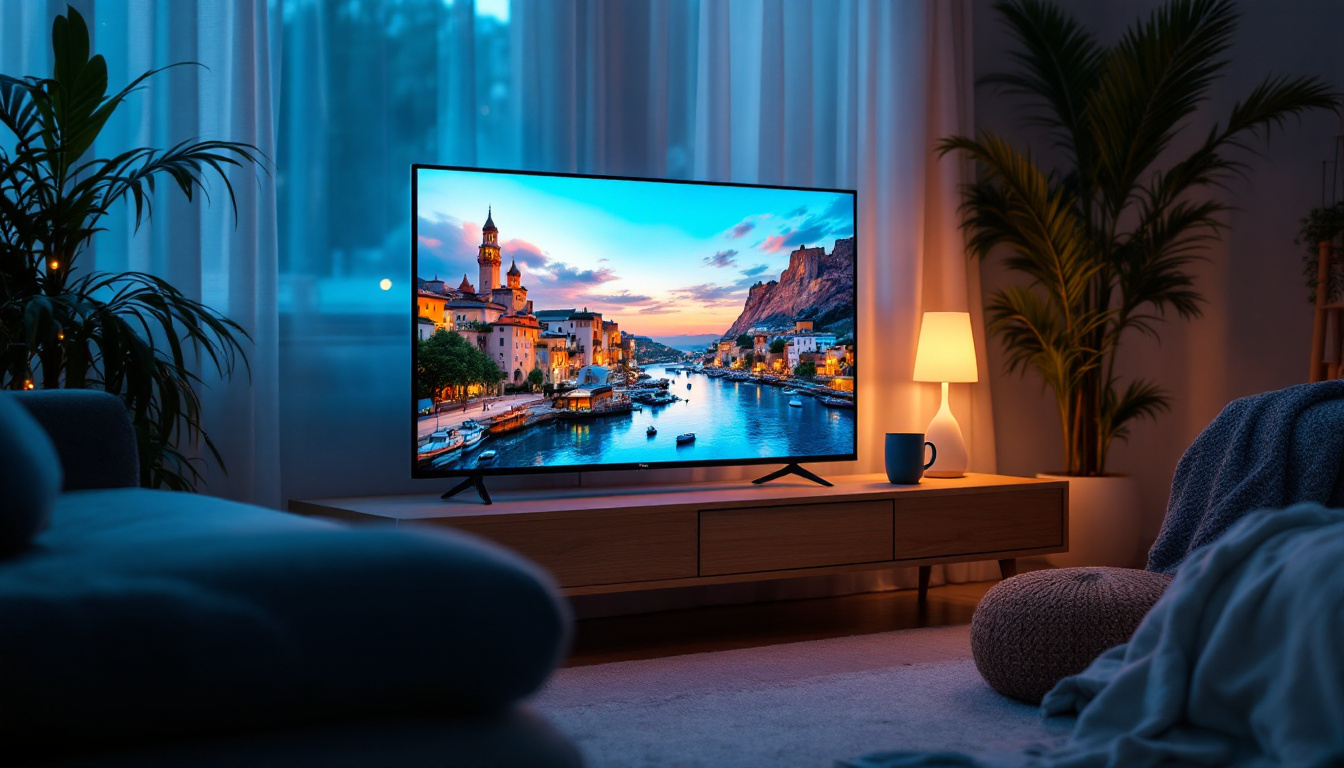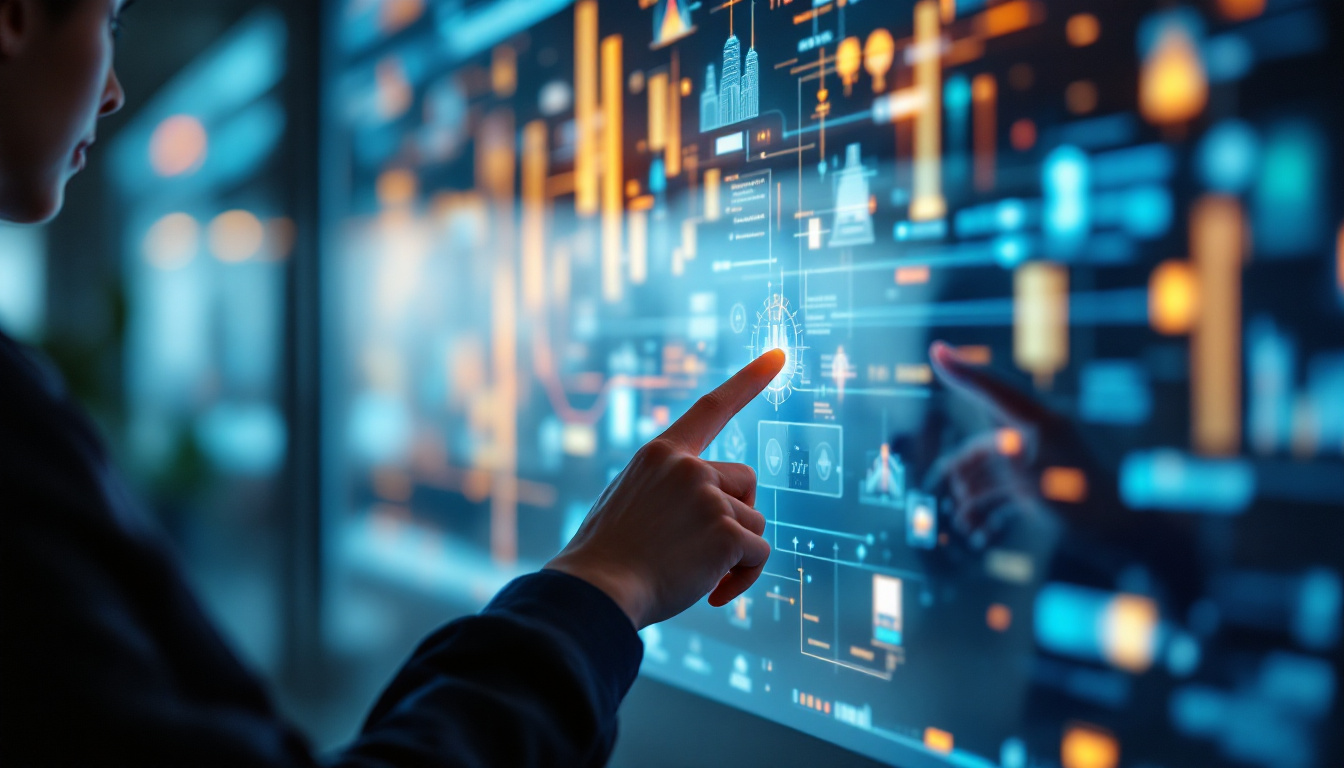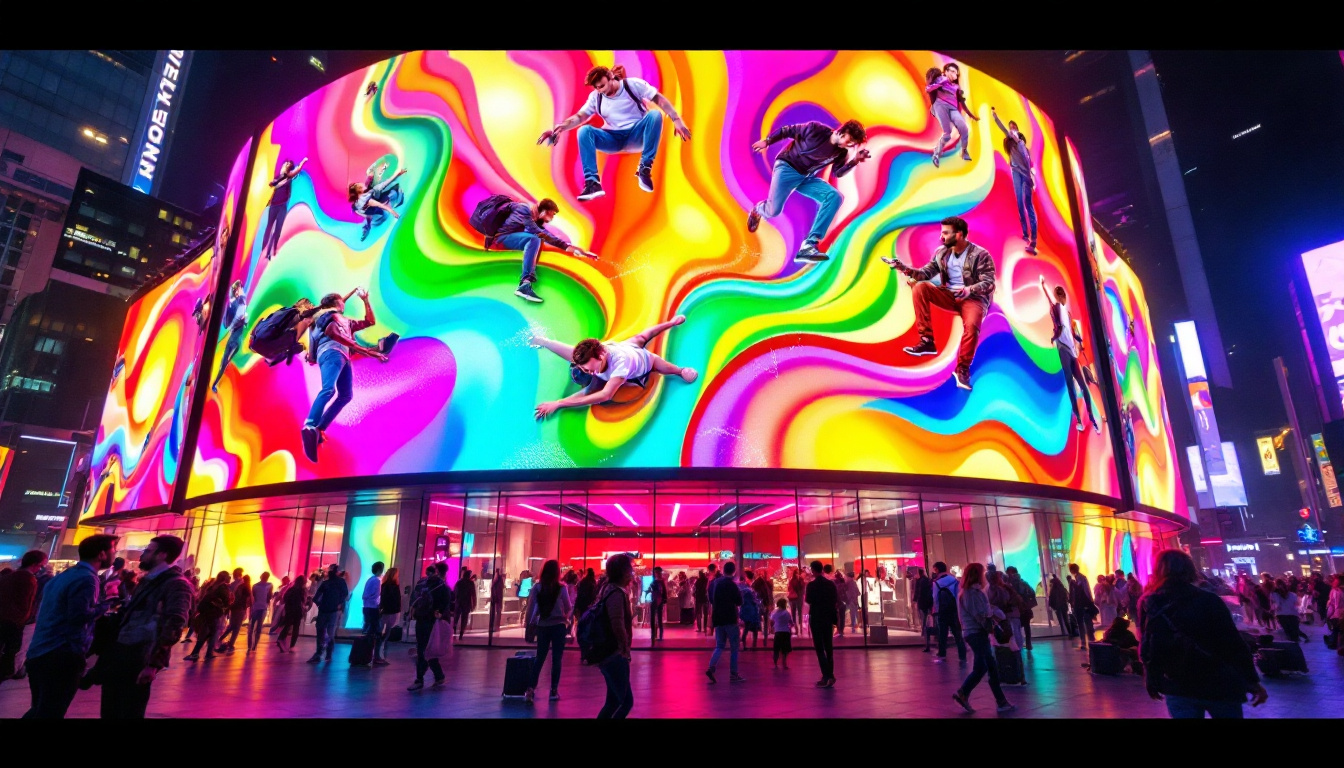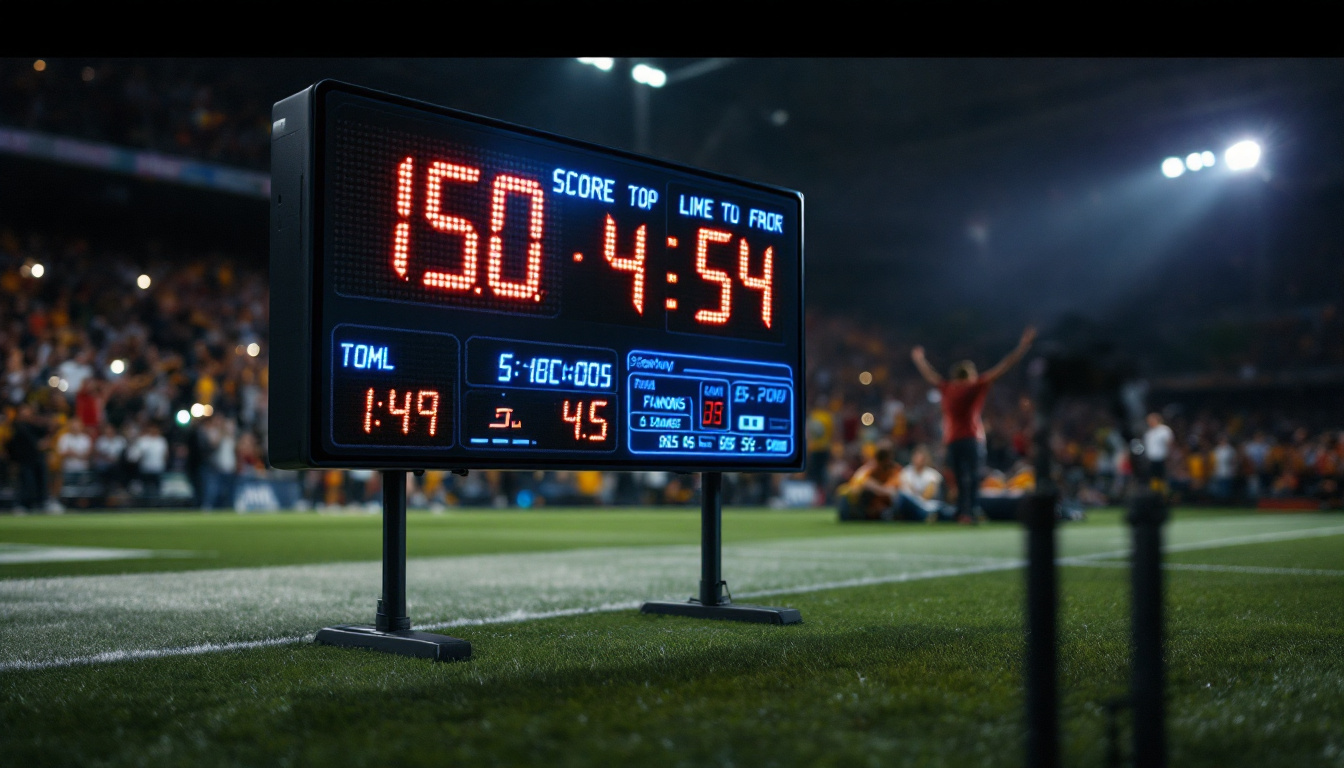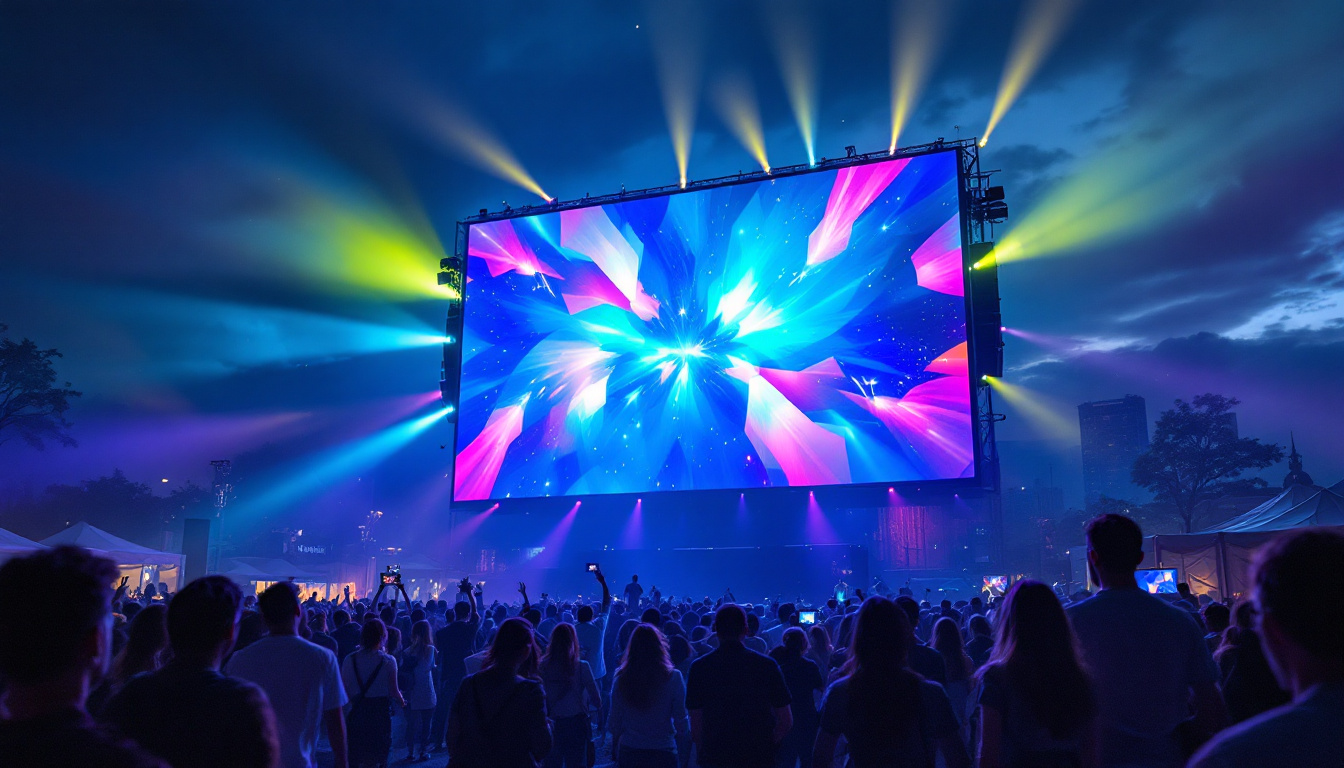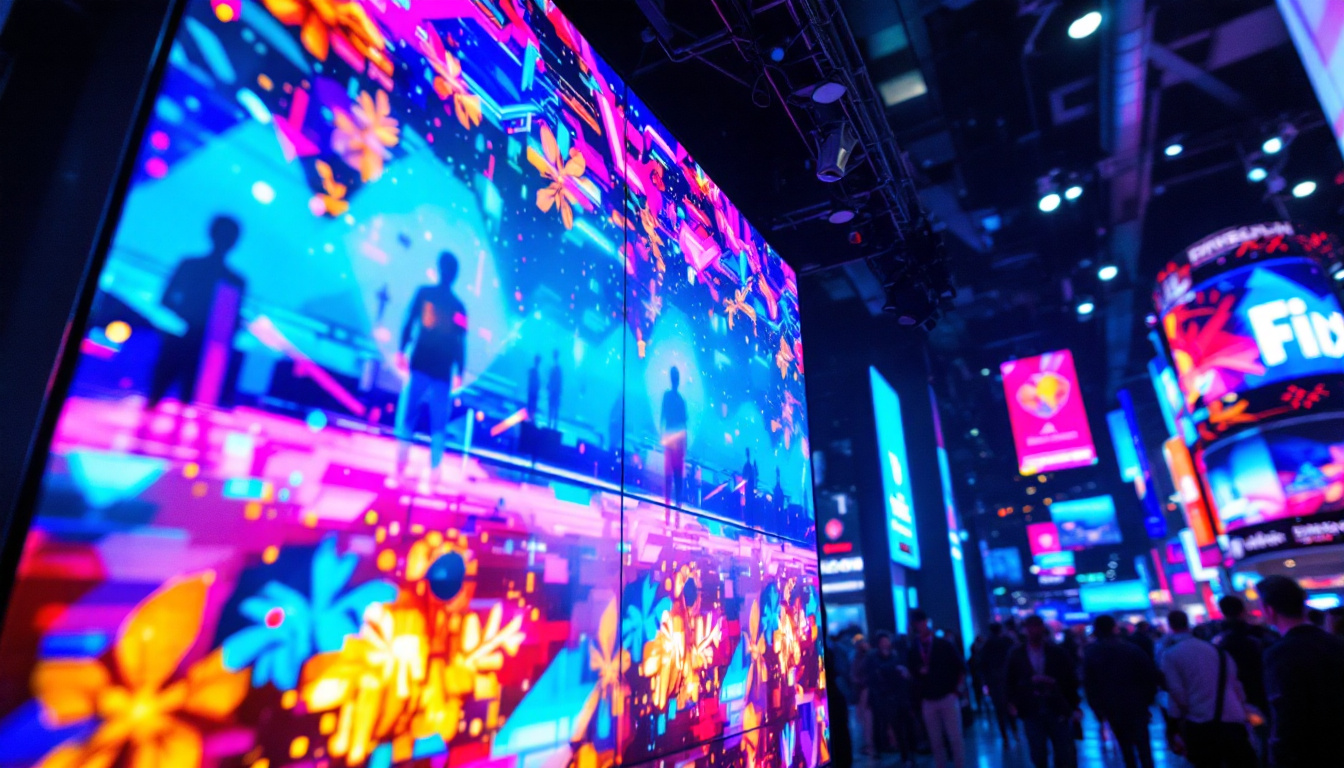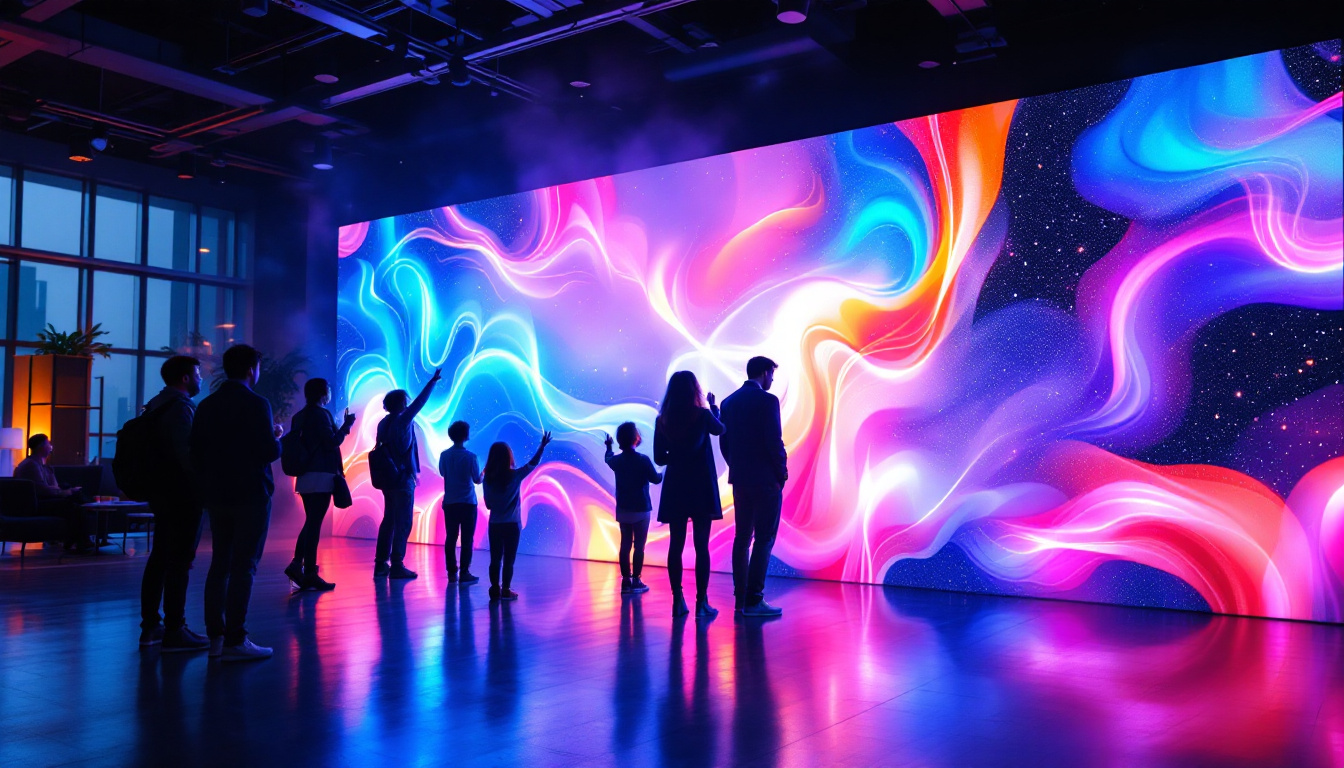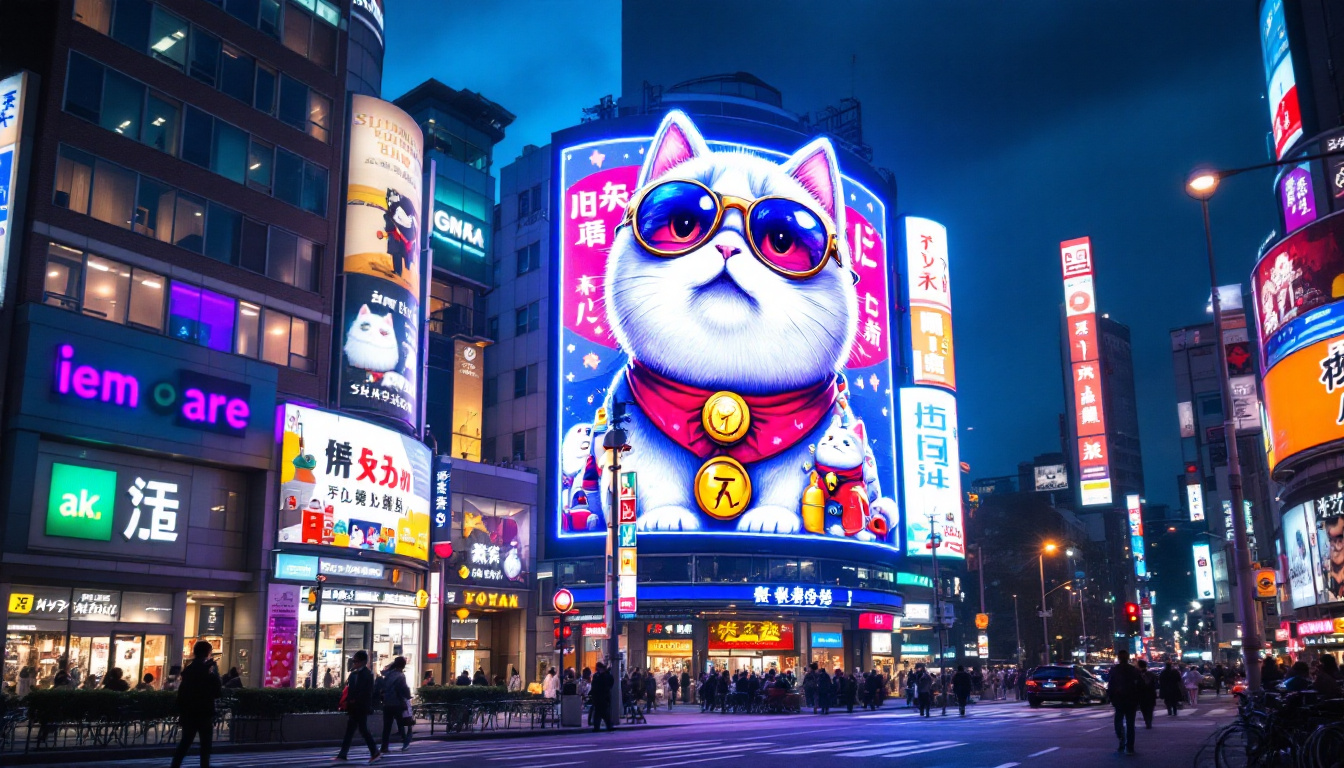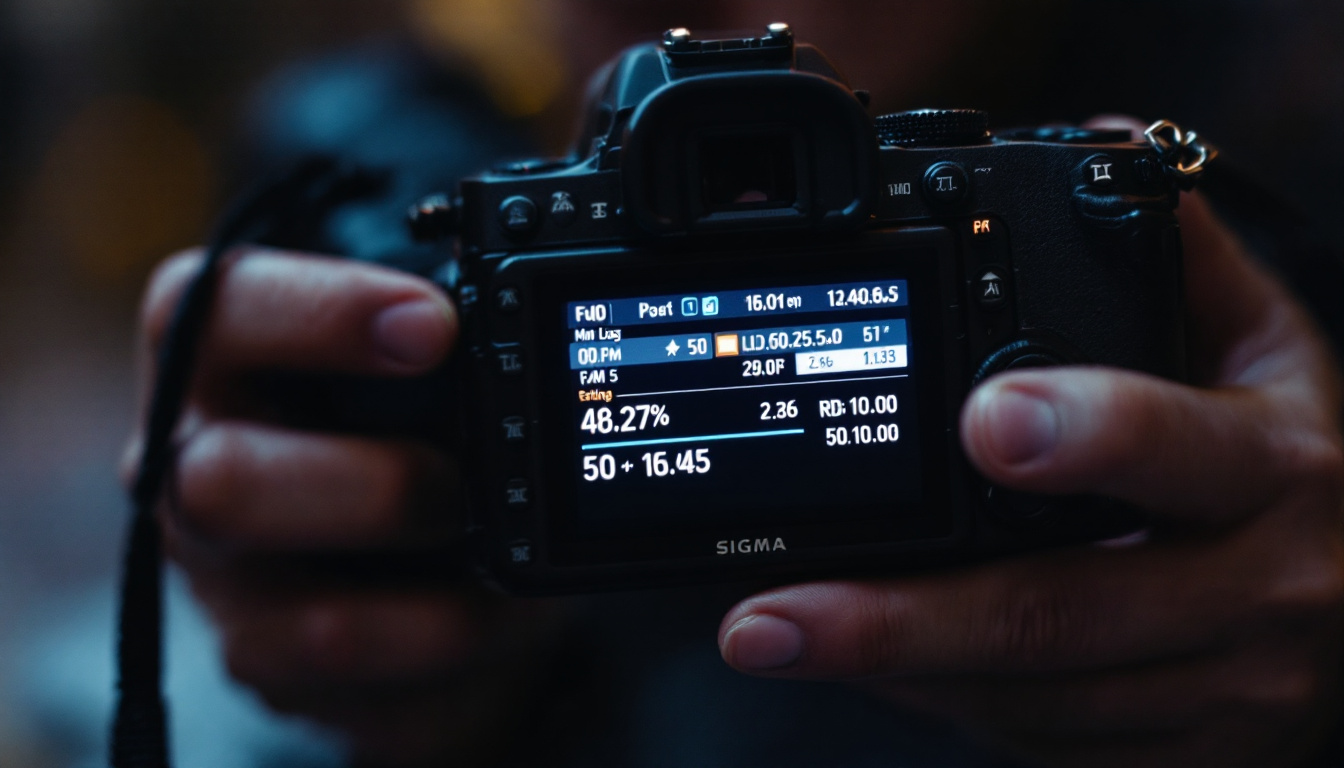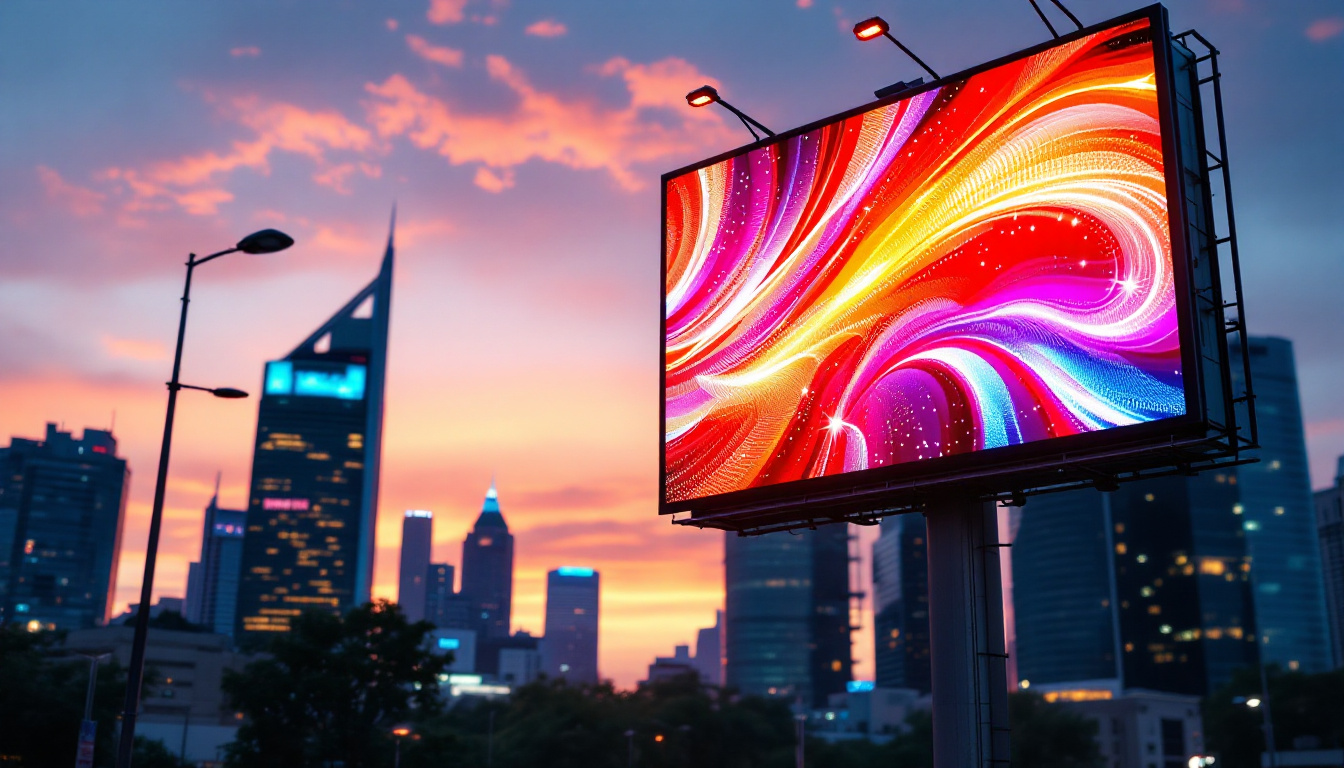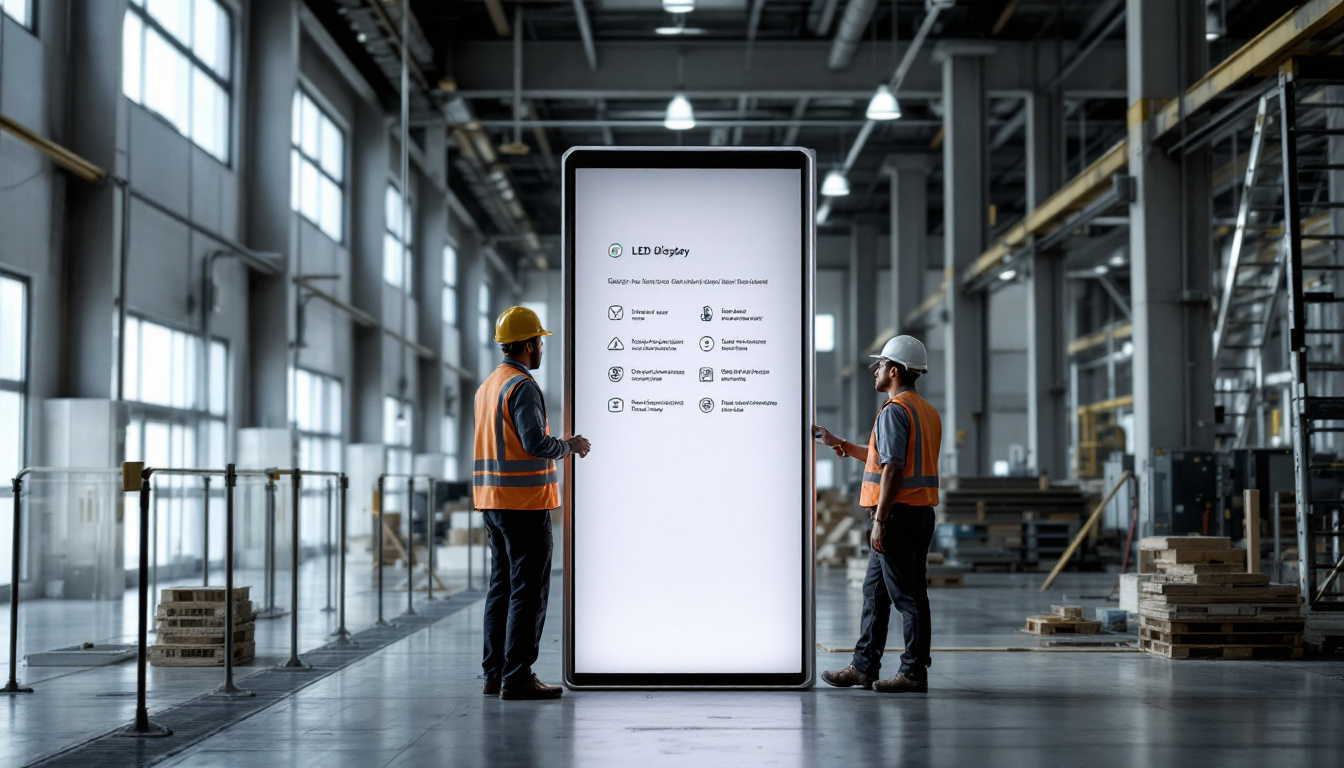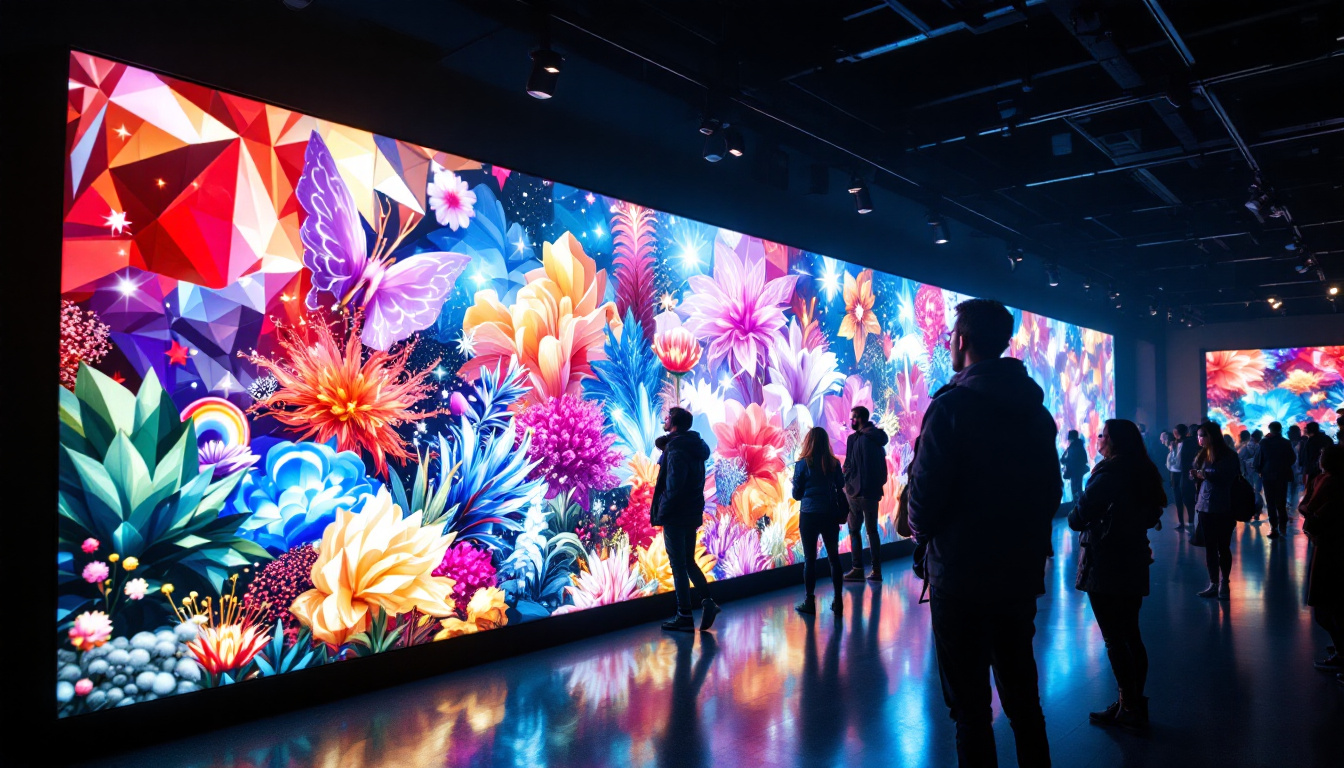In the modern world, LED displays have become ubiquitous, transforming the way information is communicated across various platforms. From advertising billboards to television screens and digital signage, the versatility and efficiency of LED technology are evident in numerous applications. This article delves into the intricacies of LED displays, exploring their functionality, types, advantages, and future trends.
Understanding LED Technology
LED, or Light Emitting Diode, is a semiconductor device that emits light when an electric current passes through it. Unlike traditional incandescent bulbs, LEDs are more energy-efficient, longer-lasting, and capable of producing a wider range of colors. The fundamental principle behind LED technology lies in electroluminescence, where certain materials emit photons when excited by an electric charge. This technology has revolutionized the lighting industry, leading to innovations in everything from household lighting to large-scale commercial displays.
One of the most significant advantages of LED technology is its environmental impact. LEDs consume significantly less power than traditional lighting solutions, which not only reduces energy bills but also lowers carbon emissions. Furthermore, LEDs have a longer lifespan, often lasting up to 25,000 hours or more, which means fewer bulbs are discarded and less waste is generated. As a result, many municipalities are adopting LED street lighting to enhance energy efficiency and reduce maintenance costs.
The Components of an LED Display
An LED display consists of several key components that work together to produce vibrant images and text. The primary elements include:
- LEDs: The individual diodes that emit light. They can be arranged in various configurations to create pixels.
- Control System: This system manages the display’s content, determining what is shown and when.
- Power Supply: Provides the necessary power for the LEDs to function efficiently.
- Enclosure: Protects the internal components from environmental factors, ensuring durability.
Each of these components plays a vital role in the overall performance and reliability of the LED display, contributing to its ability to deliver high-quality visuals. For instance, advancements in control systems have led to improved synchronization and responsiveness, allowing for real-time updates and dynamic content changes. Additionally, the materials used in the enclosure are often designed to withstand harsh weather conditions, making outdoor LED displays particularly robust and long-lasting.
How LED Displays Work
LED displays operate based on the principle of pixelation. Each pixel is made up of multiple LEDs, typically in red, green, and blue (RGB) configurations. By adjusting the intensity of each color, a wide spectrum of colors can be produced, allowing for detailed images and videos.
The control system processes the input signals and translates them into a format that the display can render. This may involve converting digital data from a computer or video source into a visual output. The result is a dynamic display that can showcase everything from static images to full-motion videos. Furthermore, modern LED displays often incorporate technologies such as high dynamic range (HDR) and 4K resolution, enhancing the clarity and vibrancy of the visuals. These advancements make LED displays a popular choice for advertising, entertainment, and information dissemination, providing audiences with captivating experiences that are hard to ignore.
Types of LED Displays
LED displays come in various types, each tailored for specific applications and environments. Understanding these types can help in selecting the right display for a given purpose.
Indoor LED Displays
Indoor LED displays are designed for use in enclosed spaces, such as shopping malls, conference rooms, and theaters. They typically feature a higher pixel density, which allows for clearer images at closer viewing distances. These displays are often used for presentations, advertising, and entertainment purposes. Additionally, many indoor LED displays can be customized in size and shape, making them versatile for different settings. They can be mounted on walls, hung from ceilings, or even integrated into furniture, providing endless possibilities for creative installations that enhance the ambiance of a space.
Outdoor LED Displays
Outdoor LED displays are built to withstand harsh weather conditions, including rain, wind, and extreme temperatures. They have a lower pixel density compared to indoor displays, as they are meant to be viewed from greater distances. Common applications include billboards, sports stadiums, and public transportation signage. These displays often come equipped with advanced features such as high brightness levels to combat sunlight glare and protective coatings to prevent damage from UV exposure. Moreover, outdoor LED displays can be programmed to show real-time information, such as weather updates or traffic alerts, making them not just a medium for advertising but also a valuable source of information for the public.
Transparent LED Displays
Transparent LED displays are an innovative solution that allows for visibility through the screen while still displaying images and videos. These displays are often used in retail environments, allowing customers to see products behind the screen while engaging with dynamic content. Their unique design offers a modern aesthetic and can enhance the overall shopping experience. Furthermore, transparent LED displays can be utilized in various architectural applications, such as in skyscrapers or museums, where they can provide information without obstructing views. This technology is also gaining traction in the automotive industry, where it can be used in vehicle windows to display navigation or entertainment options without compromising visibility for the driver and passengers.
Advantages of LED Displays
The growing popularity of LED displays can be attributed to their numerous advantages over traditional display technologies. Some of the key benefits include:
Energy Efficiency
LED displays consume significantly less power compared to incandescent or fluorescent displays. This energy efficiency translates into lower operational costs, making them an attractive option for businesses and organizations looking to reduce their carbon footprint. Furthermore, the reduced energy consumption contributes to a more sustainable environment, as it decreases the demand for electricity generated from fossil fuels, thereby lowering greenhouse gas emissions.
Longevity
LEDs have a much longer lifespan, often exceeding 50,000 hours of use. This durability reduces the need for frequent replacements, saving both time and money in maintenance and operational costs. In addition to their longevity, LED displays are also more resistant to shock and vibration, making them suitable for a variety of applications, including outdoor environments where they may be exposed to harsh weather conditions or physical impacts.
High Brightness and Contrast
LED displays are capable of producing bright images with high contrast ratios. This makes them suitable for various lighting conditions, ensuring visibility even in direct sunlight. The vibrant colors and sharp details enhance the viewer’s experience, making LED displays ideal for advertising and entertainment. Moreover, the ability to adjust brightness levels dynamically allows for optimal viewing experiences in different environments, whether it be a dimly lit room or a bustling outdoor venue. This adaptability ensures that content remains engaging and visually appealing, regardless of the setting.
Versatility in Applications
Another significant advantage of LED displays is their versatility in applications. From large-scale billboards and digital signage to smaller screens used in smartphones and televisions, LEDs can be found in a wide range of devices. This adaptability extends to various industries, including retail, transportation, and sports, where LED displays serve as effective tools for communication and advertising. In retail environments, for instance, dynamic LED displays can showcase promotions and product information in real-time, capturing the attention of potential customers and driving sales.
Environmental Impact
In addition to their energy efficiency and longevity, LED displays have a lower environmental impact compared to traditional display technologies. Unlike fluorescent displays, which contain hazardous materials such as mercury, LEDs are free from such toxins, making them safer for both consumers and the environment. Furthermore, the recyclability of LED components contributes to a more sustainable lifecycle, as they can be repurposed or recycled at the end of their operational life, reducing electronic waste and promoting a circular economy.
Applications of LED Displays
LED displays are used across a wide range of industries, showcasing their versatility and adaptability. Some notable applications include:
Advertising and Marketing
One of the most common uses of LED displays is in advertising. Digital billboards and signage can capture the attention of passersby with dynamic content that can be updated in real-time. This flexibility allows businesses to promote special offers, events, or new products effectively.
Entertainment and Events
In the entertainment industry, LED displays are used in concerts, festivals, and sporting events to enhance the visual experience. Large screens can display live feeds, graphics, and animations, creating an immersive atmosphere for attendees.
Transportation and Wayfinding
LED displays are increasingly used in transportation hubs, such as airports and train stations, to provide real-time information to travelers. They can display arrival and departure times, wayfinding information, and emergency alerts, improving overall efficiency and safety.
Future Trends in LED Display Technology
As technology continues to evolve, LED displays are also undergoing significant advancements. The future of LED display technology promises exciting developments that will further enhance their capabilities.
Integration with Smart Technology
The integration of LED displays with smart technology is on the rise. This includes features such as connectivity with mobile devices, enabling users to interact with the display content. Smart LED displays can also gather data on viewer engagement, allowing businesses to tailor their marketing strategies more effectively.
Advancements in Flexibility and Design
Future LED displays are expected to become even more flexible and adaptable. Innovations in design may lead to displays that can be curved or shaped to fit unique spaces, providing new opportunities for creative installations. This flexibility will allow for more dynamic advertising and artistic displays in public spaces.
Sustainability Initiatives
As sustainability becomes a priority for many industries, LED display manufacturers are focusing on eco-friendly practices. This includes using recyclable materials in production and developing energy-efficient technologies that further reduce environmental impact. The future of LED displays is likely to align closely with global sustainability goals.
Conclusion
LED displays have revolutionized the way information is presented and consumed. Their energy efficiency, longevity, and versatility make them an invaluable tool in various sectors, from advertising to transportation. As technology continues to advance, the potential applications and capabilities of LED displays will only expand, paving the way for innovative solutions that enhance communication and engagement.
Understanding the intricacies of LED displays empowers businesses and organizations to make informed decisions about their visual communication strategies. Whether for marketing, entertainment, or informational purposes, LED displays are poised to remain a dominant force in the world of digital signage.
Discover LumenMatrix’s Innovative LED Display Solutions
Ready to elevate your visual communication strategy with cutting-edge LED technology? LumenMatrix is at the forefront of LED display innovation, offering a wide array of solutions tailored to your needs. From Indoor and Outdoor LED Wall Displays to specialized options like Vehicle, Sports, and Floor LED Displays, our products are designed to captivate and engage your audience. Experience the transformative power of our Custom, All-in-One, and Transparent LED Displays. Embrace the future of digital signage with LumenMatrix and create unforgettable visual experiences. Check out LumenMatrix LED Display Solutions today and see your vision come to life.



